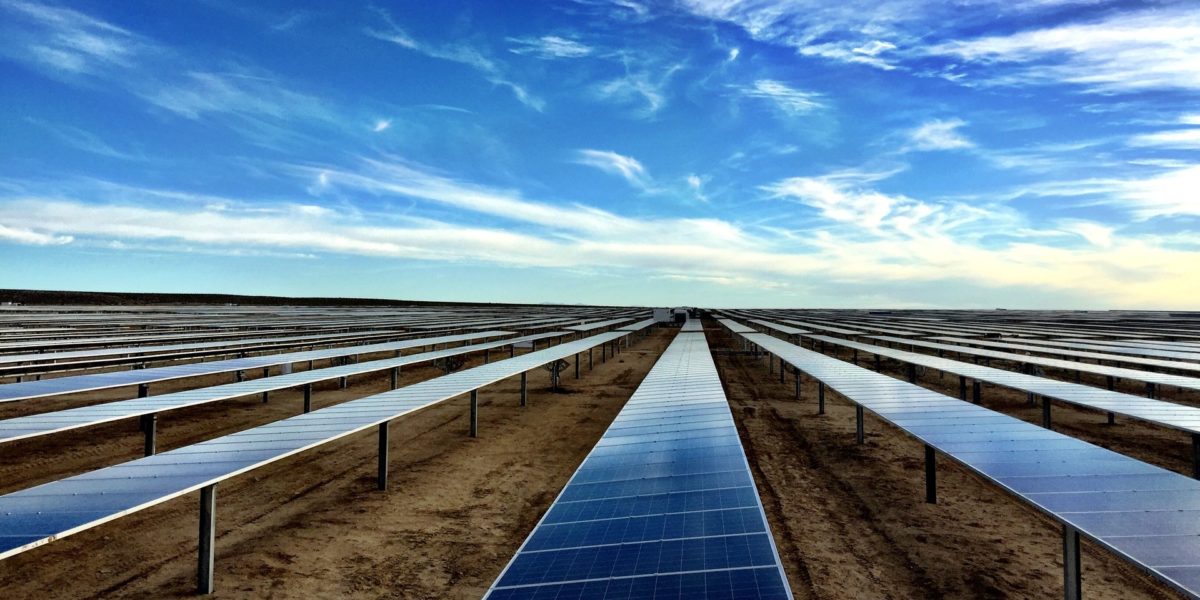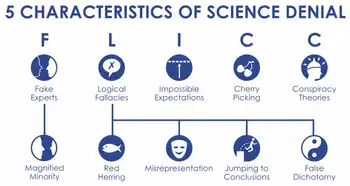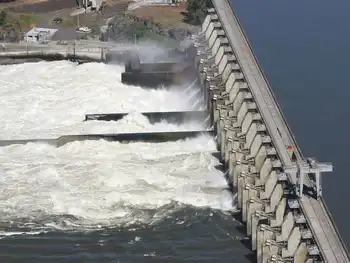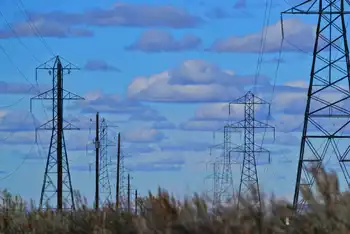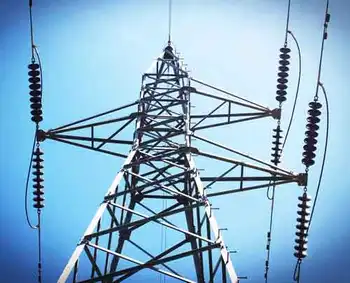Residents determined to fight turbine project
By Globe and Mail
Electrical Testing & Commissioning of Power Systems
Our customized live online or in‑person group training can be delivered to your staff at your location.

- Live Online
- 12 hours Instructor-led
- Group Training Available
The proposed turbine project, which would set up windmills in Lake Ontario off the Scarborough Bluffs, would be one of the provinces first forays into offshore wind power. Studies into whether such a project is even feasible are still in the nascent stage. It will take at least two years before Toronto Hydro knows whether theres enough wind to make it work, and provincial regulations governing such a proposition are a ways off.
But the Don Quixotes of the Scarborough Bluffs are dead set against the suggestion. And their vocal opposition is putting local politicians on notice.
A motion going before the executive committee, put forward by two local councillors, proposes to ask the province for a blanket moratorium on windpower development in Ontario. Even if the motion does make its way through council, it will have little impact, but its symbolic of the sway local opposition can have on such a project.
As Toronto commits to sourcing a quarter of its energy from renewable sources and the Ontario government commits billions of dollars to greenenergy projects across the province, local opposition to backyard energy generation is something with which next years council will have to contend.
Already in the Guildwood communitys case, the turbine spat has galvanized candidates challenging incumbent councillor Paul Ainslie, arguing he hasnt been vocal enough in his opposition. Mayoral candidates are being told in no uncertain terms that if they hope to pursue projects like these, theyll have to find a way to work with angry residents.
Mr. Ainslie, the Scarborough East councillor who put forward the motion along with Scarborough Southwest councillor Brian Ashton, says he was motivated to do so out of concern for a precious part of the Toronto waterfront and fear that residents concerns are being ignored.
People have a lot of concerns and people want to be listened to, he said. Were asking for a moratorium because theres health concerns, theres real estate issues with property values and theres a lot of things that are unanswered.
The wind turbine issue is making Mr. Ainslie political enemies in his own ward: Its the reason John LaForet is gunning for Mr. Ainslies council seat in October. Id fight like hell to kill the project, he says.
Ontario Energy Minister Brad Duguid said even if the citys executive committee passes the motion, it wont change anything. If the project is deemed feasible and meets whatever provincial rules are put in place, it will likely go forward.
Theres an 80fold increase in wind turbines happening across Ontario — it is going to be something thats going to be part of our landscape, he said. I think it would be a little bit hypocritical for Toronto, given its efforts to try to portray itself as a green city, to support this resolution. But thats something that council will have to deal with. Were determined to move forward with building green energy.
Mayor David Miller, who has championed the citys push towards renewable power, said opposition to the Scarborough Bluffs turbine is the exception, rather than the rule.
The vast bulk of the green projects were doing are not only not controversial, theyre overwhelmingly embraced by people.
It would be tragic if fear of angering residents prevented the citys politicians from pursuing muchneeded renewable energy initiatives, said York University environmental studies professor Mark Winfield.
I think the potential is enormous and the benefits are enormous, he said. The biggest danger in some ways... is, frankly, the derailment of some of these efforts.





